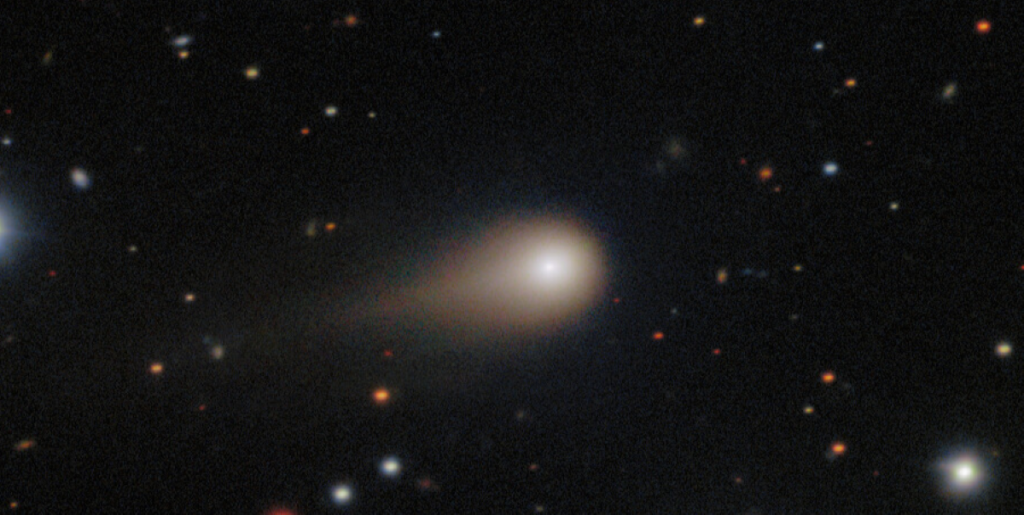Conspiracy theories have been spreading online about Comet 3I/ATLAS, claiming the interstellar visitor has “changed color” or is evidence of extraterrestrial life.
Others are reading now
Conspiracy theories have been spreading online about Comet 3I/ATLAS, claiming the interstellar visitor has “changed color” or is evidence of extraterrestrial life. Astronomers say none of that is true.
An interstellar visitor
Discovered in early July, 3I/ATLAS is only the third known object from outside our solar system to pass through it. Traveling at nearly 130,000 miles per hour, it made its closest approach to the sun on October 30, offering spacecraft a rare opportunity to study its makeup.
As it neared the sun, the comet’s gas coma — the bright cloud of gas and dust that forms as solar heat vaporizes its icy surface — appeared to brighten more rapidly than expected. Early images showed a reddish tint, but later analyses revealed it was actually “distinctly bluer than the sun.”
That shift, scientists say, isn’t mysterious. It’s a natural result of the comet heating up and releasing more gas, not a sudden transformation or coded message from alien life.
Scientists push back
“We don’t have any evidence for the gas coma changing colors,” said astronomer Qicheng Zhang of Arizona’s Lowell Observatory, a coauthor of a preprint study on the comet. “Our result just showed that the gas coma is likely still around and contributing substantially to the overall brightness.”
Also read
Zhang told Popular Science he’s more frustrated by the misinformation than the speculation itself, especially since some of it originated from figures with scientific credentials. He pointed to Harvard astrophysicist Avi Loeb, who has previously linked unexplained space phenomena to “alien technology.”
“A large fraction of the misinformation I’ve seen can be directly traced back to him misinterpreting or not fully reading the data,” Zhang said.
A normal cosmic glow
The perceived “color change” began weeks before 3I/ATLAS approached the sun, as early September observations already showed a bluish-green hue. That coloring is typical for comets whose gas comas reflect sunlight through carbon and cyanide molecules — both common in space.
NASA has not yet released new images of 3I/ATLAS because of reduced operations during the recent U.S. government shutdown. More photos could arrive soon, including shots from the Mars Reconnaissance Orbiter taken in early October. The comet is expected to make its closest pass by Earth on December 19, coming within about 167 million miles.
Awe without aliens
Despite the online rumors, astronomers say there’s plenty of wonder in 3I/ATLAS without invoking extraterrestrials. “I hope people start to see how the anomalies of this comet are just weird things comets do,” Zhang said. “Maybe it will inspire more interest in understanding them better.”
Also read
Sources: Popular Science, Space.com, Lowell Observatory, NASA
This article is made and published by Asger Risom, who may have used AI in the preparation


